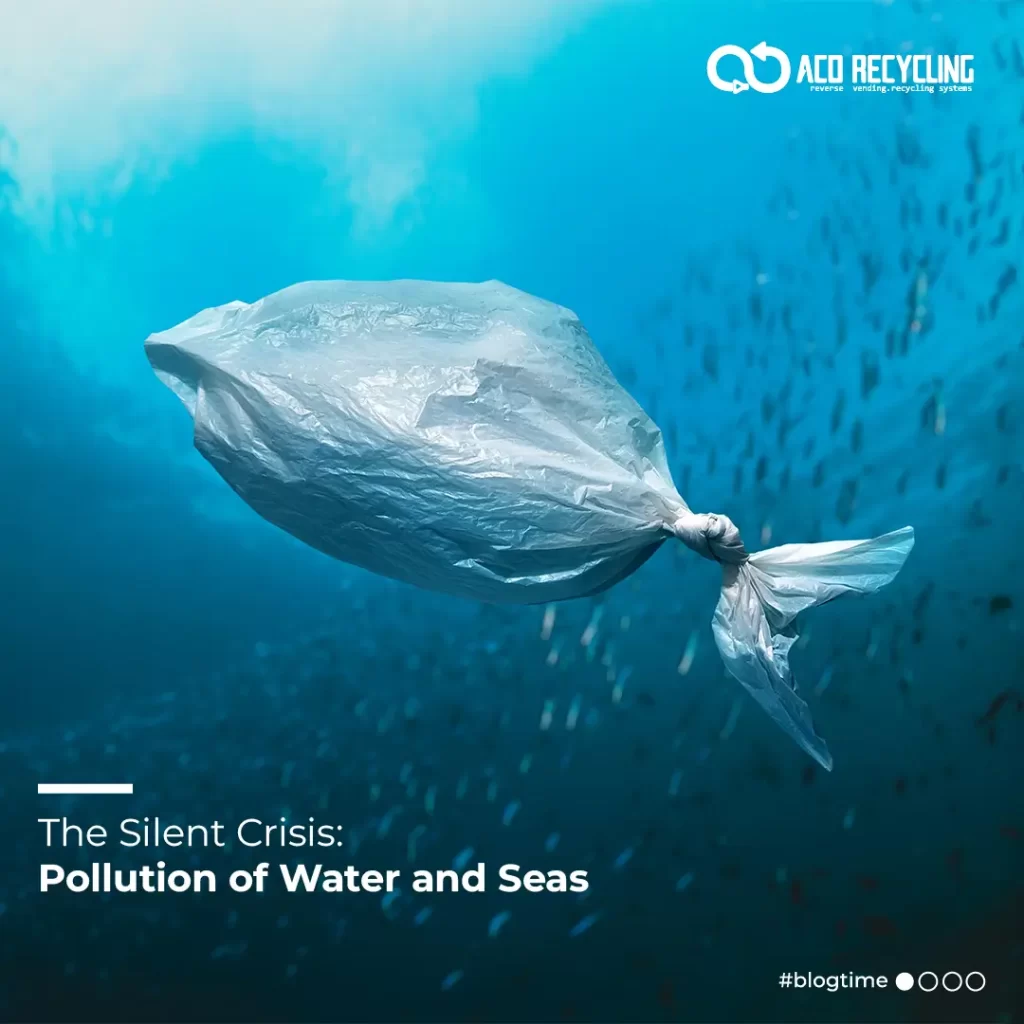
The Silent Crisis: Pollution of Water and Seas
Water, the source of life, covers over 70% of our planet’s surface. Yet, this vital resource is under siege. Pollution of water bodies and seas has emerged as one of the most pressing environmental issues of our time. In this blog post, we will explore the causes, consequences, and most importantly, actionable steps we can take to mitigate this silent crisis.
Unmasking the Culprits
1. Industrial Discharge
Industrial processes release a cocktail of pollutants into water bodies, including heavy metals, chemicals, and toxins. From manufacturing plants to power stations, these discharges contaminate the water, disrupting aquatic ecosystems and threatening human health.
2. Agricultural Runoff
Pesticides, herbicides, and fertilizers used in modern agriculture find their way into rivers and seas, causing nutrient imbalances and harmful algal blooms. This disrupts marine life and creates dead zones where oxygen levels are too low to support most forms of life.
3. Plastic Pollution
The omnipresence of plastic in our lives has dire consequences for our water bodies. Discarded plastic items break down into microplastics, which are ingested by marine life and ultimately make their way up the food chain, posing a threat to both wildlife and human health.
4. Sewage and Wastewater
Improperly treated sewage and wastewater are significant contributors to water pollution. Pathogens, pharmaceuticals, and nutrients from sewage can contaminate water bodies, leading to the spread of diseases and ecological imbalance.
The Ripple Effect: Consequences of Water Pollution
1. Loss of Biodiversity
Polluted water bodies can no longer support diverse ecosystems. Fish, amphibians, birds, and other aquatic species are at risk of extinction, disrupting food chains and the delicate balance of nature. 2. Human Health Impacts
Contaminated water sources pose severe health risks. Waterborne diseases like cholera, typhoid, and dysentery thrive in polluted environments. Additionally, exposure to polluted water can lead to long-term health issues, including cancers and developmental disorders.
2. Economic Toll
Water pollution takes a heavy toll on economies. Fishing and tourism industries, which rely heavily on healthy marine ecosystems, suffer as water quality declines. Additionally, water treatment and healthcare costs for affected populations rise significantly.
Turning the Tide: Actionable Solutions
1. Stringent Regulation and Enforcement
Governments and regulatory bodies must implement and enforce strict pollution control measures. This includes setting and monitoring discharge limits for industries, enforcing proper waste disposal practices, and penalizing violators.
2. Investment in Sustainable Agriculture
Promoting sustainable agricultural practices, such as precision farming and organic techniques, can significantly reduce agricultural runoff. This not only protects water bodies but also supports the long-term viability of the agricultural sector.
3. Transition to Circular Economy
Reducing plastic waste requires a shift towards a circular economy. This involves designing products for reusability, promoting recycling, and developing alternative materials that are biodegradable and sustainable.
4. Community Engagement and Education
Raising awareness about water pollution and its impacts is crucial. Communities can take action by participating in clean-up efforts, advocating for policy changes, and supporting local initiatives focused on water conservation and protection.
A Call to Arms
The battle against water pollution is one that we cannot afford to lose. It requires collective action, from individuals to governments, industries to communities. Together, we can turn the tide and safeguard our precious water resources for generations to come. Let’s embark on this journey towards cleaner, healthier waters and a more sustainable future.

